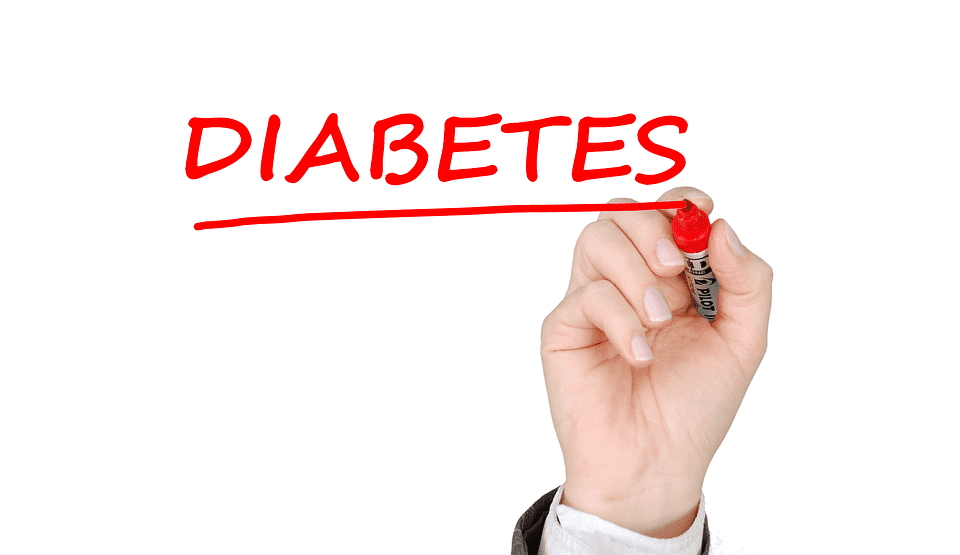 In children, both type 1 and type 2 diabetes may occur. The causes of diabetes in children depend on its type – the first type has no effect, it is an autoimmune disease, the second type of diabetes may result from overweight, obesity, lack of physical activity and unhealthy lifestyle. The first symptoms of diabetes in a child include increased thirst, frequent urination, bed wetting or frequent urination at night.
In children, both type 1 and type 2 diabetes may occur. The causes of diabetes in children depend on its type – the first type has no effect, it is an autoimmune disease, the second type of diabetes may result from overweight, obesity, lack of physical activity and unhealthy lifestyle. The first symptoms of diabetes in a child include increased thirst, frequent urination, bed wetting or frequent urination at night.
Diabetes in children – type 1 and type 2 diabetes
Not long ago, type 2 diabetes was called adult diabetes – this type of diabetes was primarily suffered by adults (over 45 years of age). Currently, type 2 diabetes is more and more often found in children and adolescents, and insulin resistance can be diagnosed even at a very young age.
Interestingly, type 1 diabetes – formerly called juvenile diabetes – is diagnosed today even in late old age (although the peak of illness falls on adolescence).
The incidence of diabetes in children is increasing
In children, the incidence of both type 1 and type 2 diabetes increases. The first type of diabetes can not be overlooked, the symptoms are very clear and the course is sudden. In the case of type 2 diabetes, the disease may develop without any obvious symptoms, especially in the first phase.
- Diabetes in children – symptoms of type 1 diabetes:
- frequent urination (polyuria);
- increased thirst (polydipsia);
- sudden weight loss (no weight loss);
- constant fatigue, weakness;
- frequent getting to the toilet at night;
- bedwetting (especially if it did not occur before);
- blurred vision;
- irritability;
- lack of willingness to learn;
- Heart arythmia;
- tantalizing at the corners of the mouth;
- the smell of acetone from the mouth;
- muscle cramps.
A characteristic symptom of type 1 diabetes is increased thirst – the child can drink up to 6 liters of water a day. Disturbing should be a constant sense of thirst, especially after drinking a lot of fluids. Frequent urination occurs when we expel 3 and more liters of urine a day (a healthy person excretes about 1-2 liters of urine within 24 hours).
In extreme cases, polyuria can lead to dehydration and even renal failure. Weight loss is associated with a deficiency of insulin in the body. If your child experiences sudden weight loss – especially if it is not the result of a diet – be sure to consult a doctor. The child may also complain about painful spasms of the calves – the reason is the lack of potassium in the cells of the body (potassium is transported into cells with glucose).
Causes of type 1 diabetes in children:
The mechanism of developing type 1 diabetes has not been fully discovered – the cause of type 1 diabetes may be genetic factors in children.
- Diabetes in children – symptoms of type 2 diabetes:
- frequent hunger pangs,
- tiredness, drowsiness;
- moderately increased thirst;
- dry and itchy skin;
- intimate infections.
Causes of type 2 diabetes in children:
- overweight;
- obesity;
- unhealthy diet;
- fast food diet;
- lack of physical activity;
- genetic factors.
How to recognize diabetes in a child?
When you see the first symptoms of diabetes in a child, be sure to go to your GP to perform a simple diagnostic test (fasting blood glucose test), which is a routine diagnostic test for diabetes.
Research in the diagnosis of diabetes in children:
- fasting sugar level;
- oral glucose load test (sugar curve, OGTT test);
- determination of antibodies against pancreatic antigens;
- determining the concentration of insulin or C-peptide;
- glycated hemoglobin;
- determination of glucose in the urine;
- determination of ketone bodies in urine or blood;
- cholesterol test.
Treatment of diabetes in children
If the tests indicate diabetes, you should go to a diabetologist who will establish a treatment regimen for your child’s diabetes.
Treatment of type 1 diabetes is primarily about the administration of adequate doses of insulin. Type 2 diabetes in the first phase is usually not treated pharmacologically – it is advisable to change your lifestyle, change your diet, lose unnecessary pounds.
Diabetes in children and diet
The key element supporting the treatment of diabetes is the so-called diabetic diet. In all types of diabetes, nutrition plays a large role, but it is not a strictly elimination diet and with the right knowledge it can be freely transformed and adapted to your preferences. The diet of a small diabetic should be properly balanced and varied – so as to provide all the necessary vitamins and minerals.
If your child has type 1 diabetes, the basic requirement is to keep the balance between the insulin, carbohydrates and physical activity being taken. In the case of type 2 diabetes, monitoring the amount and quality of carbohydrate intake is crucial – the level of sugar over time can be normalized by introducing a low-glycemic diet.
Picture Credit: Tumisu
